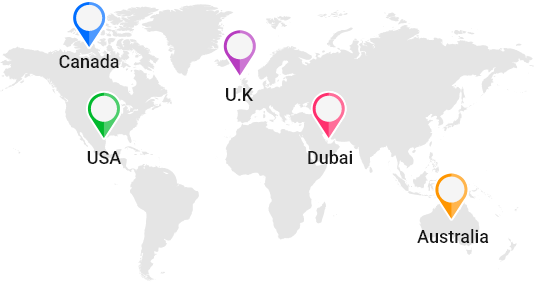LOCATIONS WORLDWIDE


 Back
Back
-
Call Us:
+44 161 884 3134 -
Send Us Mail:
info@bestpracticetraining.com -
Get a Quote
- AUSTRALIA
- AUSTRIA
- BAHRAIN
- BELGIUM
- CANADA
- DENMARK
- FINLAND
- FRANCE
- GERMANY
- HONG KONG
- IRELAND
- ITALY
- JORDAN
- KUWAIT
- LUXEMBOURG
- MALAYSIA
- NETHERLANDS
- NEW ZEALAND
- NORWAY
- OMAN
- QATAR
- SAUDI ARABIA
- SINGAPORE
- SOUTH AFRICA
- SPAIN
- SWEDEN
- SWITZERLAND
- UNITED ARAB EMIRATES
- UNITED KINGDOM
- UNITED STATES
Categories
Project Management
Programme Management
Business Analysis & Systems Development
Business Skills
Office Applications
ITIL® and IT Service Management
Technical IT Training
Health and Safety
Topic


PRINCE2® Training & Certification


Agile Project Management Training & Certification


APMP Training & Certification


Scrum Training & Certification


Change Management Training


MoP® Training


P3O® Training


Microsoft Technical


CompTIA Training


Cisco Certifications


CISSP Training & Certification


CISM Training


Citrix Training


Java Training


Oracle Training


Business Analysis Training & Certification


Software Testing Training


Lean Six Sigma Training & Certification


Six Sigma Training
Courses
Aberdeen
Aberdeen is one of the 32 council areas and the third most populated city in Scotland. The city of Aberdeen has an estimated population of about 196,670 and the local authority area has a population of 229,800, resulting in a 37th most inhabited urban area of United Kingdom. Aberdeen is also known as the Oil Capital of Europe as the discovery of the North Sea Oil was found here during 1970’s. The city is also known with many nicknames such as the Silver City with the Golden Sands, the Granite City and the Grey City.












 Need Help?
Need Help?
